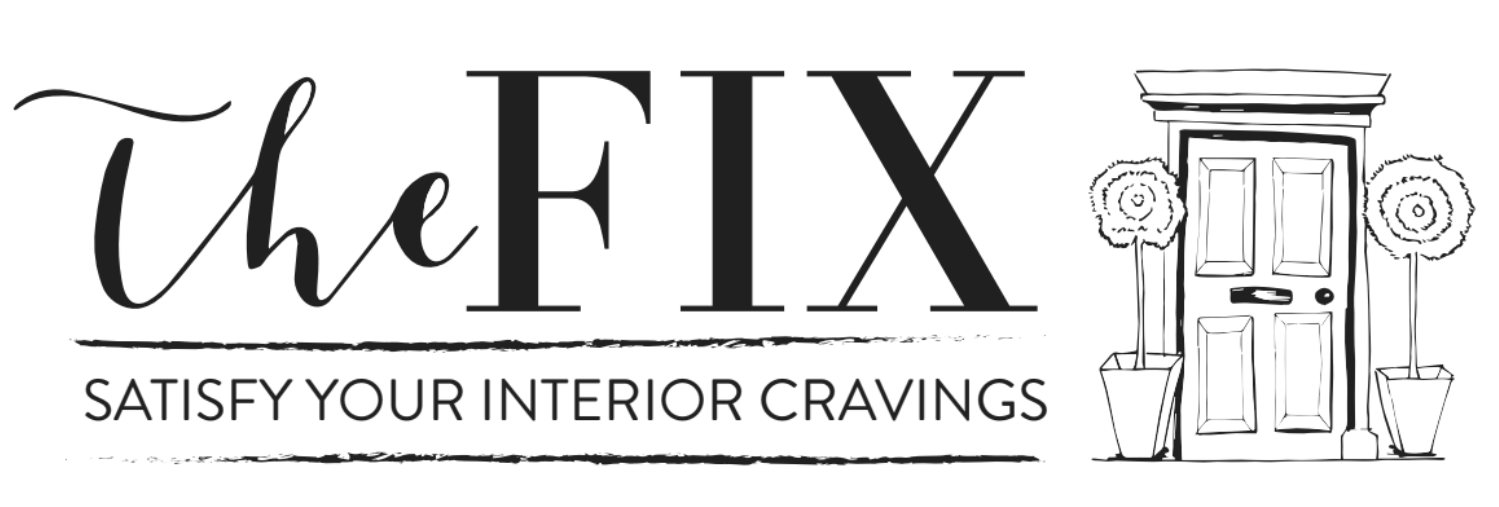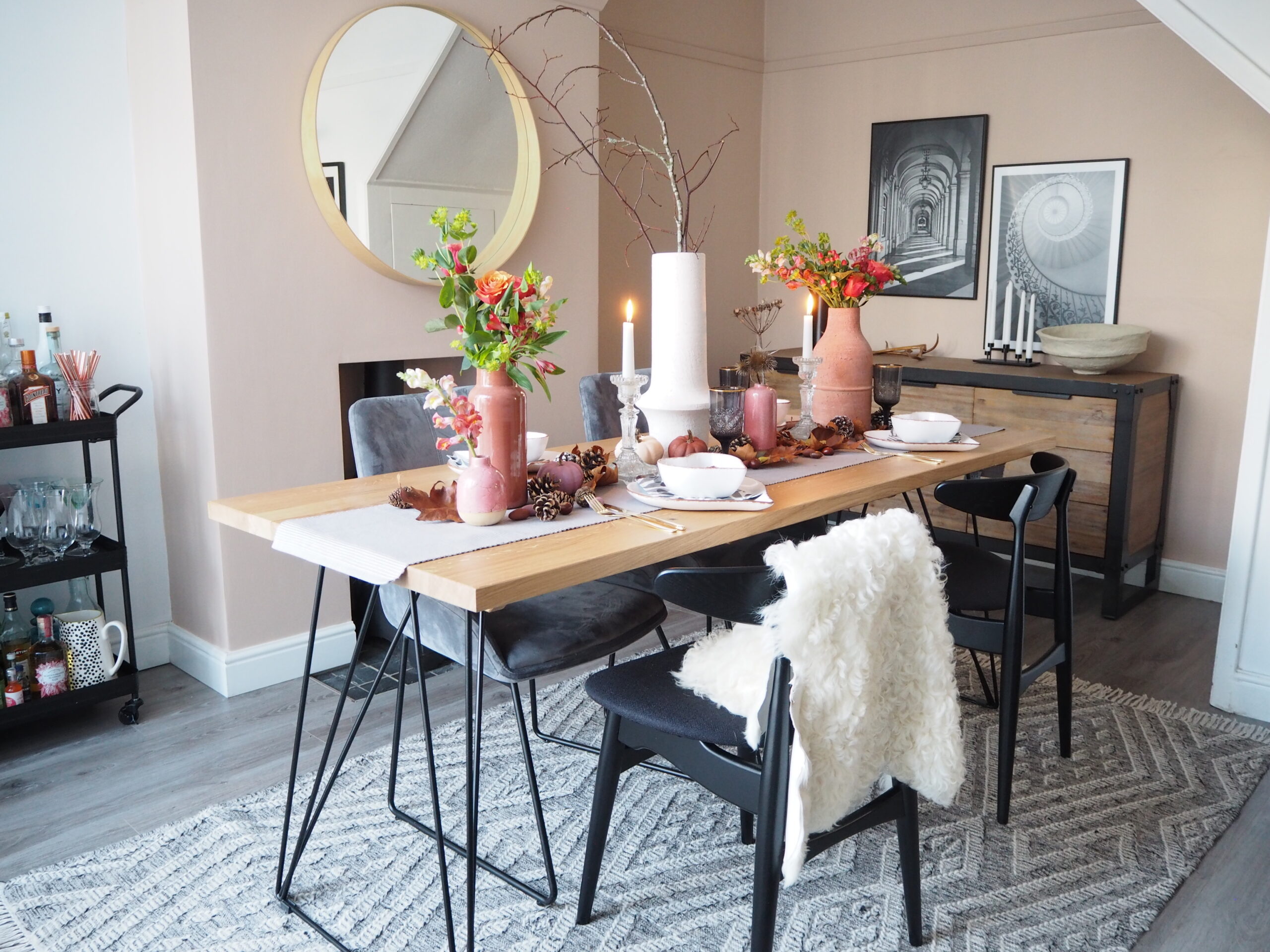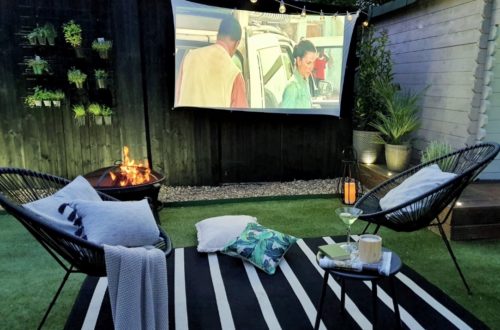Let’s face it, there are a million ways to style shelves and no two people will style them exactly the same – and that’s what makes it so much fun. It’s an easy way to present a side of our personality, whether it’s with fun, quirky objects, or a neater, structured display, and show off the things that we like, are sentimental to us or that we’ve picked up on our travels. There’s no real right or wrong to shelf styling and as long as you’re happy with the way they look, then that’s good enough – however, if you’ve ever found yourself looking at your shelves and thinking that the bits and bobs on them don’t quite work together, and not necessarily knowing why, then this blog may help you reassess the way in which you’re displaying them.
I’ve been styling homes and sets for over 20 years and having an eye for what does and doesn’t look good definitely helps, but there are also ways of making the job easier and helping with the composition and overall look. It’s true that the more practise you have, the better you’ll get, so play around with the objects on your shelves until you’re happy with them. Swap items in and out. Change colours and textures. Just like you’d change your wardrobe up, mix and match outfits and accessories, and tweak your clothes for the seasons, the same goes for the items on your shelves. I tend to move things around whenever I’m dusting or cleaning (providing I have time) and it keeps them feeling fresh and interesting.
So, the shelves that I’m going to show you today are my Pocket shelves from String. I chose the white and ash shelves, and what I really like about String is the simplicity of the design – beautifully Scandinavian and totally timeless. I was gifted these shelves (I can’t tell you how happy they have made me!) and decided to put them in my living room, in a spot where I already had a tribal wood artwork and a print, as I knew they would complete this little display and add a bit more interest to the wall.
My usual style is a little bit So Cal – a mix of boho, rustic and vintage, I suppose, with lots of natural pieces – so I wanted to keep the items I put on them in the same theme. Luckily, I have a ton of accessories, so it was just a matter of shopping my home and picking out which ones would look best. Anyway, let me walk you through the way that I styled these shelves and tips that I apply to any others that I’m styling…
- Look at the Space You’re Styling
As you can see, this String design has three shelves, and they’re all the same length, which makes styling them relatively easy – I knew that the top shelf is where I’d put any taller items. If you’ve got a shelving unit with different heights and widths, however, you’ll want to take into consideration which items you use where, so that the height and width works for the space it’s in. - Choose a Selection of Accessories
I like to have a group of items to hand, that all work together (in their colours and textures), before I start. It’s good to have more items than you think you’ll use too, so you have a bit of choice. I’ve got lots of natural tones in the living room, so I went for accessories in white, wood and brown tones, with a few small touches of green and grey. They really vary as well… I’ve got everything from an old vintage camera to a stone that I picked up on a road trip in Arizona, along with some new books and a couple that I bought from antiques markets. The Merchant of Venice book on the middle shelf is the tiniest book I think I’ve ever seen! I have a tiny cactus that has, for some reason, grown sideways, so I thought he’d work perfectly, too. Oh, and the tiny architectural houses on the bottom shelf are a small Scandi addition that I like because they are just so small and minimal. I think what I love most about shelves is that the items on them don’t have to be practical or particularly useful – just a place to display all those little treasures that make you happy. Make sure you’ve got a variation of items in different shapes and sizes – some round, some square, some flat, some tall – and textures too. It might be that you like shiny metallic accessories, or colourful ceramics, in which case you might want to add a few matt items into the mix to balance out all that shine. Or, if you’re going for a more neutral palette, add interest with pattern instead, from plant pots to trays, small pieces of art, etc. - Start With Your Largest Items
For me, this is usually my books, and the reason they go on first is that because then you can work around them and leave some space around them, rather than trying to cram them on at the end and finding they look a bit too squashed. Books are great for display, as they can help you add height and colour. I chose to lay mine all flat for this display, but on other shelves I mix it up, displaying them vertically as well as horizontally. One thing I look for, is to make sure that the books don’t all sit above each other on the shelves – take them on different sides to get a good balance of your ‘heavier’ looking items. From there, I added in the medium-sized objects, and finished up with some tiny little items, like the seashell and the green ceramic succulent from Chive. - Layer Accessories and Use Them in Different Ways
Layering objects can prevent them all looking too singular, so don’t be afraid to place some items behind or on top of others – it all adds depth to your shelves. The trick is to use a mix of layering and also items with space around them, so that although you have a lot on your shelves, the pieces don’t look too cluttered or ‘busy’. Think about the way in which you display your items too… For example, you might have a book that you love the cover of but can never really see on your shelf – why not place it at the back of your shelf, front on, almost as if it’s an artwork? And speaking of artwork, you can prop up frames or postcards against the wall, or frame them on the wall behind – there are no hard and fast rules. Use books as ‘ladders’ to give smaller items some height. Or take a single flower stem and lay it along the shelf rather than putting it in a vase. Turn items just a fraction so they’re not all straight on, like the book on my lower shelf that I’ve popped at an angle to add a bit of variation. Of course, if you prefer a more symmetrical look, then you may want to mirror items on each of your shelves, when it comes to height and colourway. - Add Life to Your Shelves
Real plants or flowers are typically what you’d add to shelves (or a room) for this tip, as it’s a sign of life and having things growing helps to make your display feel less static. Leafy plants, especially, are great for softening the lines of shelves, which are typically quite boxy, especially if you have a variety that drapes over the edge. However, even bringing in touches of nature can help as, and I’m sorry to quote this age-old cliche, they bring the outdoors in. Twigs, dried flowers, pine cones, pebbles, seashells, feathers – they all create a more relaxed feel and help to fill in blank space.
So there you have it, my top five tips for shelf styling. Make sure you step back from your shelves while you’re styling them every now and again and assess what it looks like and whether you need to tweak anything – it’s always easier to see when you’re not standing right on top of it. I’d love to know how you go about styling shelves as everyone is so different in their approach, so do comment below, with any of your own tips.


